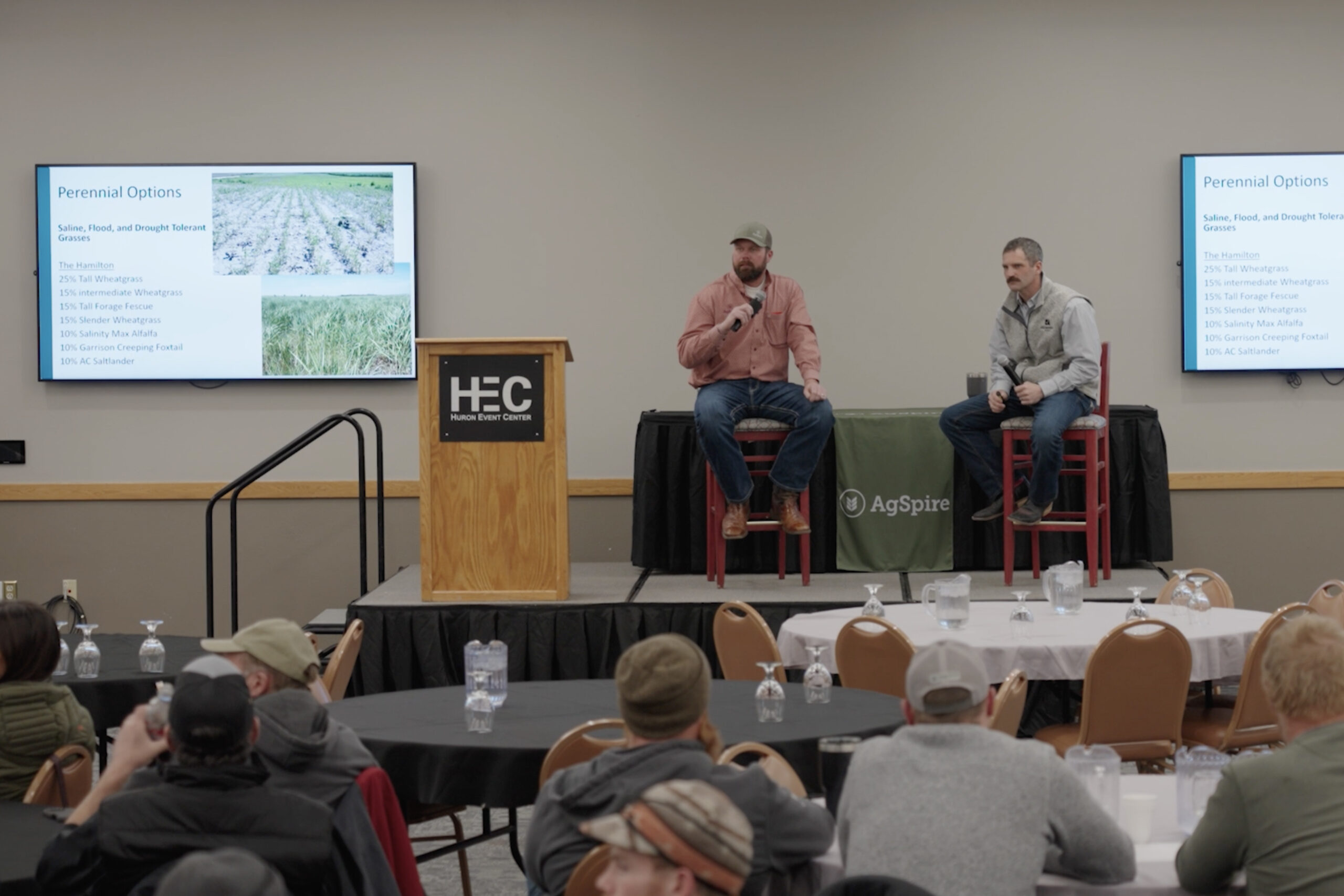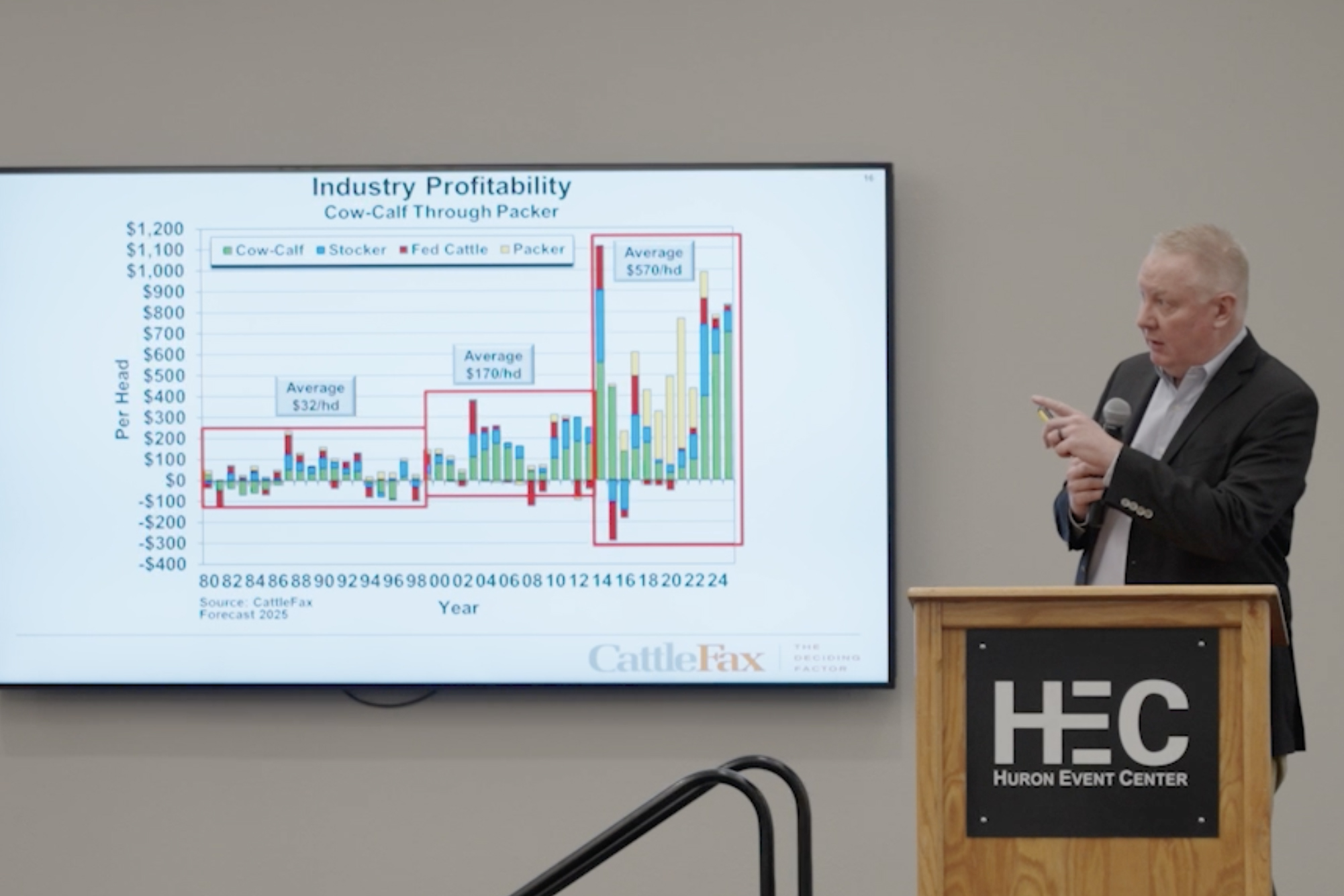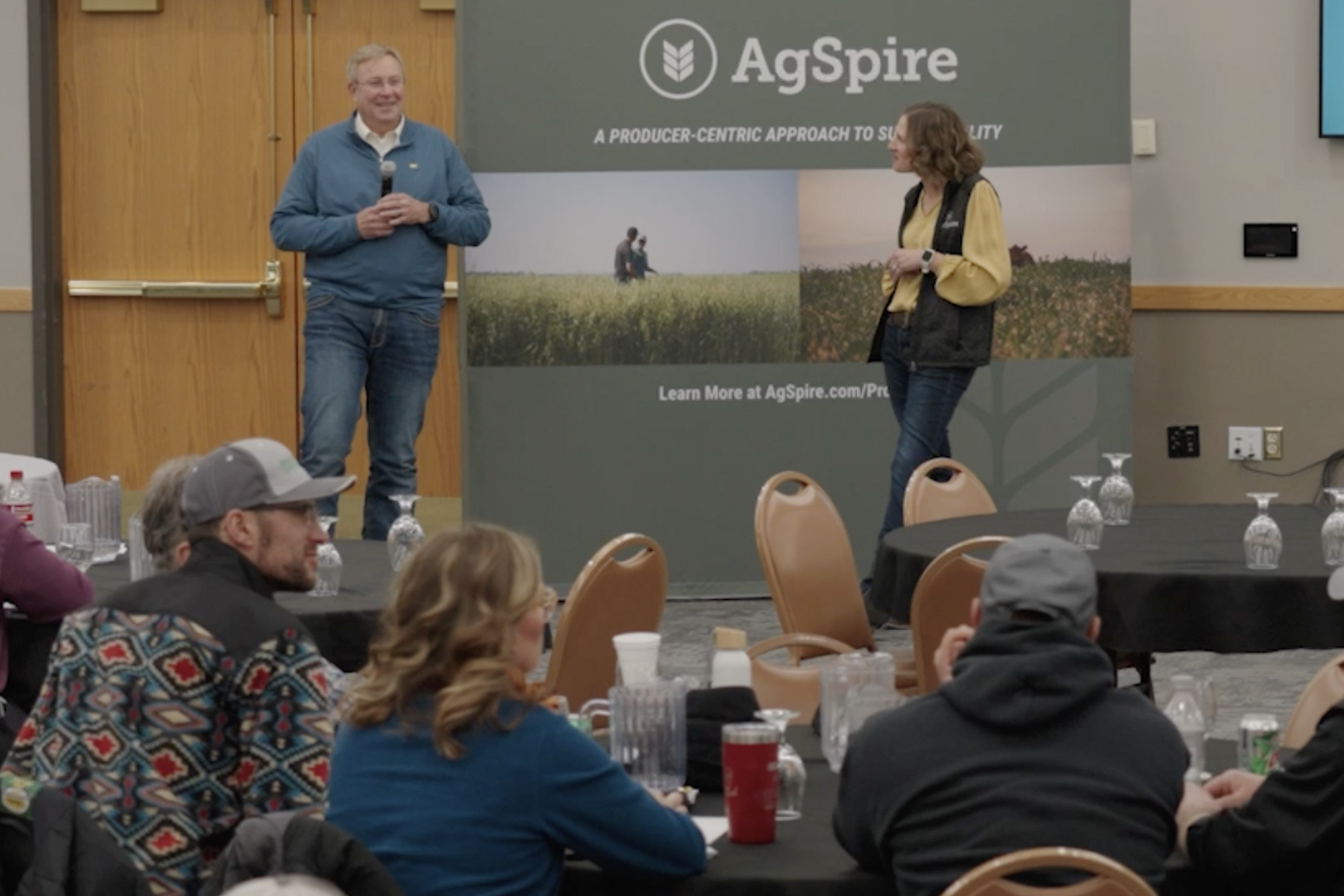Free Ranching Resilience Workshop Video
Featuring presentations on market dynamics, forage production, and herd efficiency, the event offers research-backed information on how grow your herd or improve productivity. Plus, gain insight from the AgSpire team into the incentive programs we offer to help implement those changes.
During this free workshop, nationally-recognized livestock leaders shared about new innovations, best practices, and practical ways to improve efficiency and productivity on your ranch.
What You’ll Learn:
>> Whatʼs happening in the cattle market today and how that impacts your operation
>> How to maximize forage potential with practical, easy-to-implement management
practices
>> How to improve herd productivity through simple management changes
>> How AgSpire can partner with you to bring in extra income on your operation
>> What incentive-based programs could be a great fit for your operation
Featured Speakers:
Mike Miller, CattleFax
Dr. Cliff Lamb, Texas A&M AgriLife Research
Dr. Kristina Porter, DVM, AgSpire
Justin Fruechte, Renovo Seed
Jared Knock, AgSpire



To access the recordings, simply fill out the form below. Once submitted, you’ll receive instructions on how to watch.